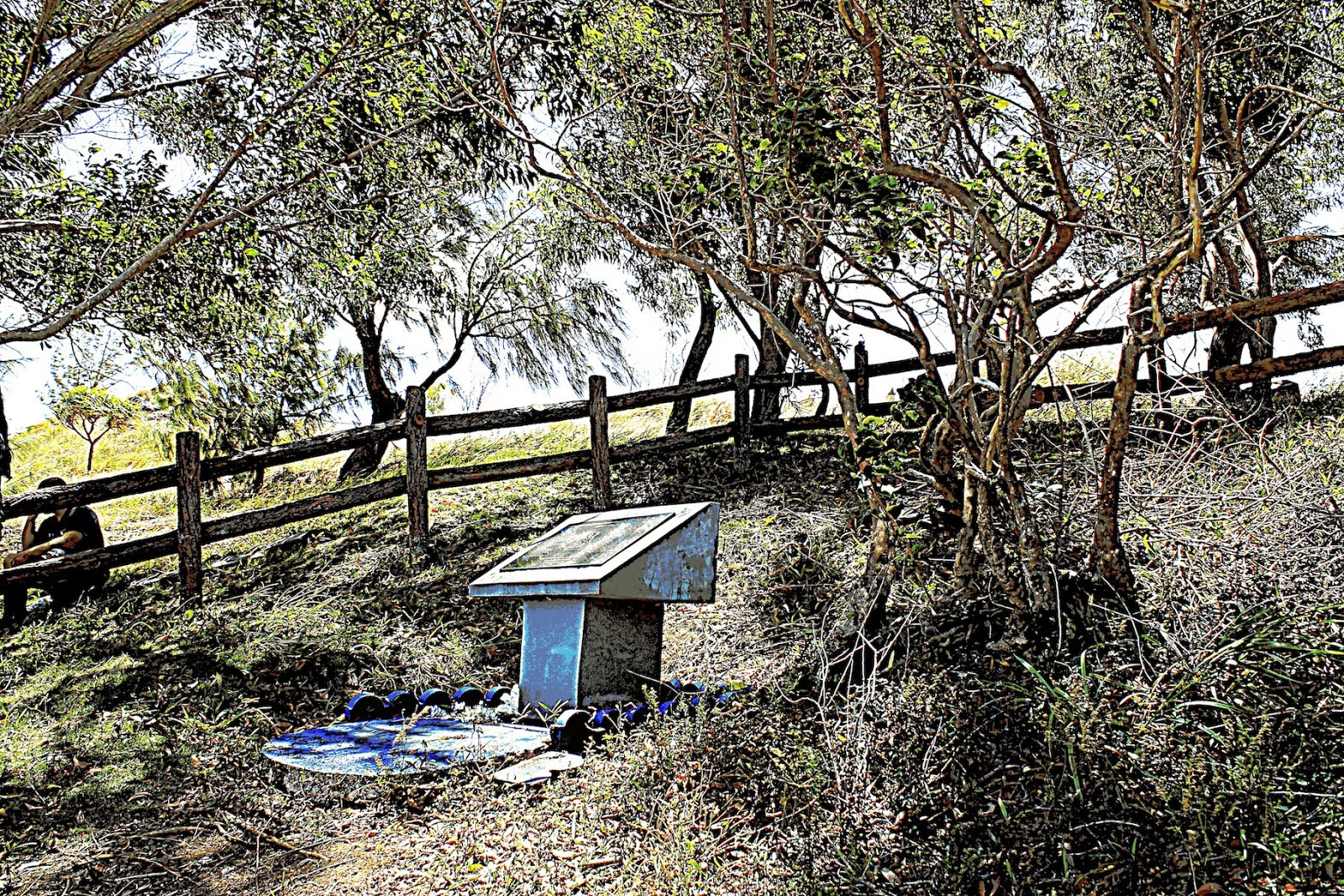Talent Town

“The Talented Island of Guam” by Michael Lujan Bevacqua July 31, 2014 The Marianas Variety If you didn’t get a chance to watch “Talent Town,” the latest film from the filmmaking duo The Muña Brothers this past month, you really missed out. The film was an engaging and exciting take on the state of art and creativity in Guam today and a call for both artists and their audience here to take things to the next level in terms of representing Guam. Full disclosure, I am one of the people featured in the film and so I do have some positive bias towards it. The Muña Brothers are known for their work on “Shiro’s Head,” which is considered to be the first Chamorro/ Guam-movie. Other movies were filmed on Guam before “Shiro’s Head,” but this was the first one that took the island’s identity, especially its Chamorro heritage seriously. Whereas other films such as “Noon Sunday” and “Kaiju-ta no Kessen Gojira no Musuko” just used Guam as just a backdrop and bas...


